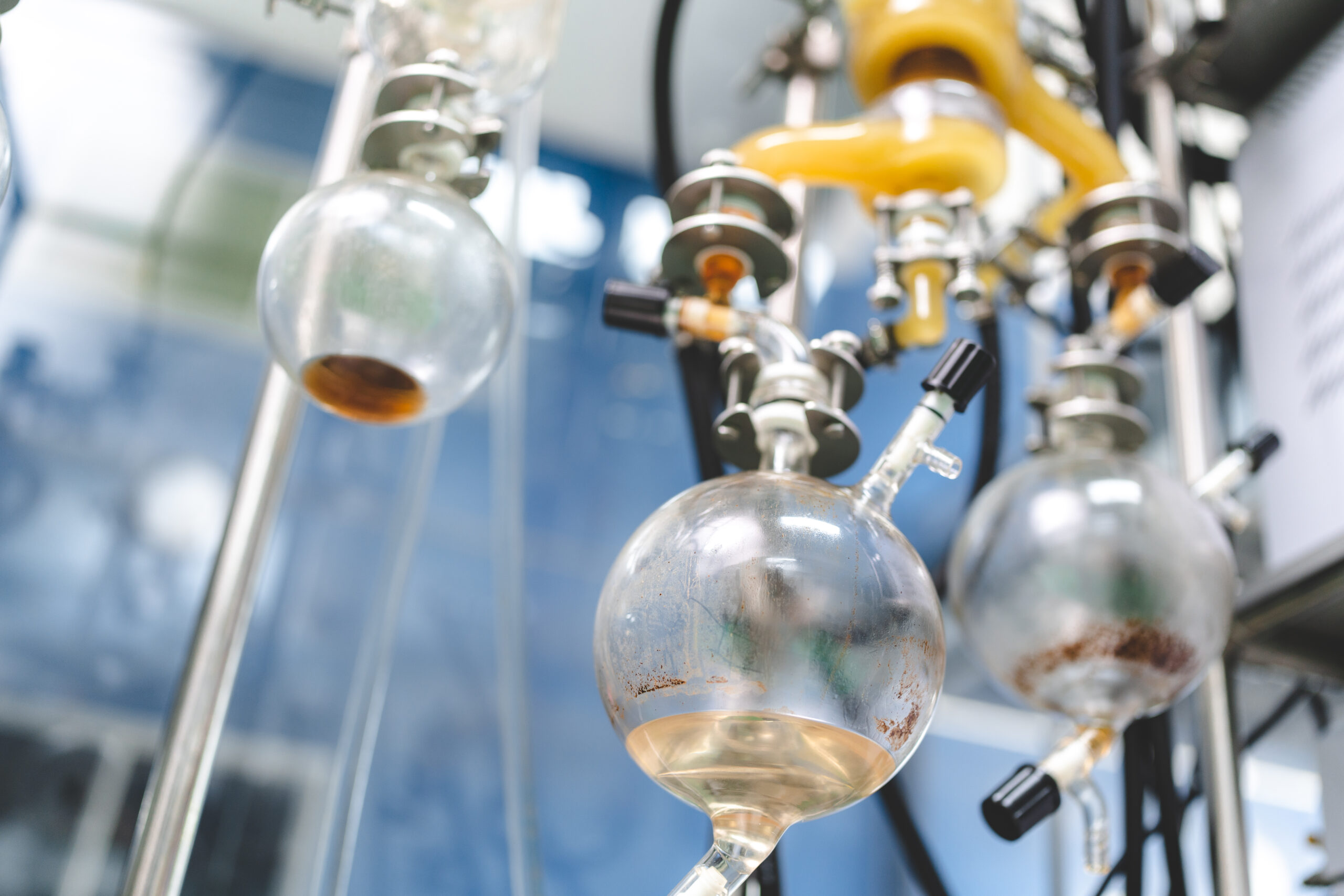
The continuous pursuit of cleaner, more efficient industrial processes has led to significant advancements in oxidation catalyst technologies. These catalysts are crucial in numerous chemical reactions, particularly in environmental protection and energy production. Oxidation catalysts enable the conversion of harmful pollutants into less toxic substances and are integral in refining processes, automotive emissions control, and producing fine chemicals. This article will explore the recent innovations in oxidation catalyst technologies, examining their impact on various industries, their environmental benefits, and the cutting-edge advancements driving the field forward.
Role of Oxidation Catalysts in Environmental Protection
One of the primary applications of oxidation catalysts is reducing harmful emissions from industrial processes and vehicles. For instance, in the automotive industry, catalytic converters use oxidation catalysts to break down toxic substances such as carbon monoxide (CO), nitrogen oxides (NOx), and hydrocarbons into harmless products like nitrogen (N2), carbon dioxide (CO2), and water (H2O). This process is essential in minimizing air pollution and meeting increasingly stringent regulatory standards.
Recent advancements in oxidation catalyst technologies have focused on improving efficiency and reducing the environmental footprint of these processes. Innovations in catalyst materials, such as platinum, palladium, and rhodium, have led to more effective oxidation reactions at lower temperatures. Additionally, researchers have been exploring alternative, less expensive materials and methods to replace precious metals, aiming to make these catalysts more cost-effective and sustainable.
Advancements in Catalyst Design and Materials
Developing novel catalyst materials has been a significant research focus in recent years. Traditional oxidation catalysts often rely on expensive precious metals, but innovations in material science are gradually shifting toward more abundant and cost-effective alternatives. For example, using metal-organic frameworks (MOFs) and porous materials has opened up new possibilities in catalyst design. These materials offer high surface area, tunable porosity, and flexibility, crucial for enhancing catalytic activity and stability.
Furthermore, advancements in nanotechnology have enabled the creation of catalysts at the nanoscale, significantly improving their performance. Nanoscale catalysts exhibit enhanced surface area and reactivity compared to their bulk counterparts, leading to more efficient reactions at lower temperatures and pressures. By optimizing the size, shape, and composition of nanoparticles, scientists have developed catalysts that are more effective, longer-lasting, and more resistant to deactivation.
Catalyst Support Systems and Their Impact
The performance of oxidation catalysts depends on their support systems. Supports, like alumina, silica, or ceria, provide a surface for active materials to adhere to. The design of these supports is crucial for increasing surface area, enhancing stability, and preventing deactivation by impurities.
Innovations in support materials have focused on improving their thermal and mechanical stability and ability to resist chemical poisoning. For instance, the development of composite supports that combine the properties of different materials has shown promising results in enhancing catalyst performance. These composite supports can improve the dispersion of active metals, thereby increasing the overall catalytic activity. By integrating nanostructured supports, which enhance control over active site distribution, oxidation reactions are optimized, reducing catalyst deactivation and improving longevity.
A key challenge in oxidation catalysis is catalyst deactivation, which happens when active sites are blocked or poisoned by contaminants. This issue is common in high-temperature reactions, where catalysts degrade due to sintering, thermal stress, or impurity buildup.
Recent innovations in catalyst longevity have focused on improving the resistance of oxidation catalysts to deactivation. Researchers have developed new formulations and coating techniques that enhance the stability of catalysts under extreme operating conditions. For example, incorporating rare earth elements like cerium and lanthanum enhances catalysts’ resistance to thermal degradation and chemical poisoning. Advances in regeneration techniques, like oxygen-rich environments and electric fields, restore deactivated catalysts, prolonging their lifespan and lowering replacement costs.
The Future of Oxidation Catalysts in Green Chemistry
. They are key in producing chemicals, pharmaceuticals, and biofuels, with innovations making these processes more eco-friendly and energy-efficient.
The development of more selective oxidation catalysts is a key area of focus. Selective oxidation enables the production of desired products while minimizing by-products, helping reduce waste and energy consumption.. Researchers are finding new ways to enhance catalyst selectivity by modifying active sites and using advanced computational modeling techniques.
Moreover, there is growing interest in using renewable resources as feedstocks for oxidation reactions. By utilizing biomass and other sustainable materials, it is possible to reduce the carbon footprint of chemical production processes. Innovations in oxidation catalyst technologies will be key to making green chemistry processes more commercially viable and environmentally responsible.
The ongoing innovations in oxidation catalyst technologies are transforming industries by improving efficiency, reducing environmental impact, and enhancing sustainability. The field is advancing quickly, with innovations in materials, support systems, and catalyst longevity. Oxidation catalysts will remain vital for reducing pollution and producing sustainable chemicals and fuels. Ongoing research is improving oxidation catalysts, making them cost-effective, efficient, and eco-friendly, driving a cleaner, more sustainable world.